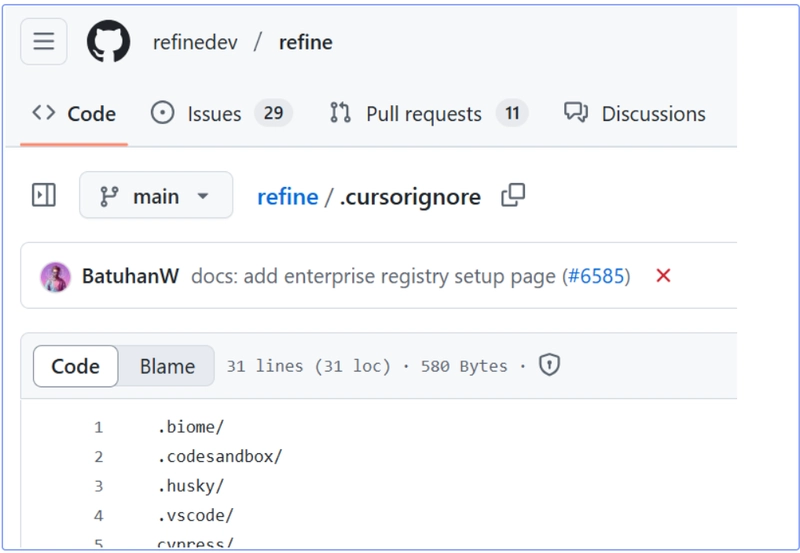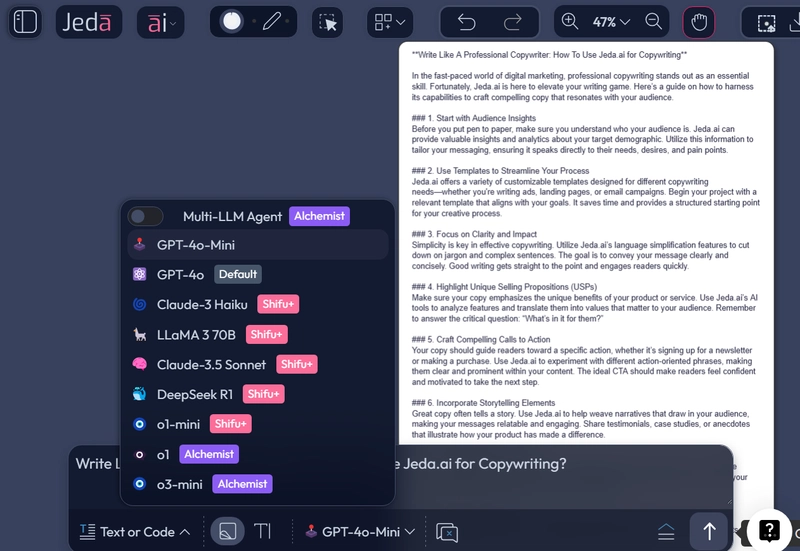How to Build a Real-Time Chat App in Python Using WebSockets Without a Framework
Creating a real-time chat application from scratch using WebSockets in Python is a powerful way to understand how bidirectional communication works on the web. This guide shows you how to implement a simple WebSocket-based chat server and client without relying on frameworks like Django or Flask. What You’ll Need Python 3.7+ websockets library (pip install websockets) Basic HTML/CSS for the frontend Step 1: Set Up a Simple WebSocket Server import asyncio import websockets connected_clients = set() async def echo(websocket, path): connected_clients.add(websocket) try: async for message in websocket: for client in connected_clients: if client != websocket: await client.send(message) except websockets.exceptions.ConnectionClosed: pass finally: connected_clients.remove(websocket) start_server = websockets.serve(echo, "localhost", 6789) asyncio.get_event_loop().run_until_complete(start_server) asyncio.get_event_loop().run_forever() This server accepts new connections and relays messages to all other clients. Step 2: Create the HTML Chat Interface WebSocket Chat Chat App Send const ws = new WebSocket("ws://localhost:6789"); const chat = document.getElementById("chat"); ws.onmessage = function(event) { const li = document.createElement("li"); li.textContent = event.data; chat.appendChild(li); }; function sendMessage() { const input = document.getElementById("msg"); ws.send(input.value); input.value = ""; } This frontend connects to the server and allows message sending and receiving in real-time. Step 3: Run the App 1. Run the Python server: python chat_server.py 2. Open the HTML file in multiple browser tabs. 3. Type messages and see them appear across all clients instantly. Security Considerations Use authentication for production environments. Consider using secure WebSockets (wss://) over HTTPS. Validate all messages on the server side. Conclusion This simple yet powerful project introduces you to the inner workings of WebSockets and real-time messaging. With no frameworks involved, you gain full control over the communication pipeline. If you found this helpful, please consider supporting my work: buymeacoffee.com/hexshift

Creating a real-time chat application from scratch using WebSockets in Python is a powerful way to understand how bidirectional communication works on the web. This guide shows you how to implement a simple WebSocket-based chat server and client without relying on frameworks like Django or Flask.
What You’ll Need
- Python 3.7+
-
websocketslibrary (pip install websockets) - Basic HTML/CSS for the frontend
Step 1: Set Up a Simple WebSocket Server
import asyncio
import websockets
connected_clients = set()
async def echo(websocket, path):
connected_clients.add(websocket)
try:
async for message in websocket:
for client in connected_clients:
if client != websocket:
await client.send(message)
except websockets.exceptions.ConnectionClosed:
pass
finally:
connected_clients.remove(websocket)
start_server = websockets.serve(echo, "localhost", 6789)
asyncio.get_event_loop().run_until_complete(start_server)
asyncio.get_event_loop().run_forever()This server accepts new connections and relays messages to all other clients.
Step 2: Create the HTML Chat Interface
WebSocket Chat
Chat App
This frontend connects to the server and allows message sending and receiving in real-time.
Step 3: Run the App
1. Run the Python server: python chat_server.py
2. Open the HTML file in multiple browser tabs.
3. Type messages and see them appear across all clients instantly.
Security Considerations
- Use authentication for production environments.
- Consider using secure WebSockets (
wss://) over HTTPS. - Validate all messages on the server side.
Conclusion
This simple yet powerful project introduces you to the inner workings of WebSockets and real-time messaging. With no frameworks involved, you gain full control over the communication pipeline.
If you found this helpful, please consider supporting my work: buymeacoffee.com/hexshift










































































































































































![[The AI Show Episode 144]: ChatGPT’s New Memory, Shopify CEO’s Leaked “AI First” Memo, Google Cloud Next Releases, o3 and o4-mini Coming Soon & Llama 4’s Rocky Launch](https://www.marketingaiinstitute.com/hubfs/ep%20144%20cover.png)


















































































































![[DEALS] The All-in-One Microsoft Office Pro 2019 for Windows: Lifetime License + Windows 11 Pro Bundle (89% off) & Other Deals Up To 98% Off](https://www.javacodegeeks.com/wp-content/uploads/2012/12/jcg-logo.jpg)





































![Is this too much for a modular monolith system? [closed]](https://i.sstatic.net/pYL1nsfg.png)






















































































































_Andreas_Prott_Alamy.jpg?width=1280&auto=webp&quality=80&disable=upscale#)
































































































![What features do you get with Gemini Advanced? [April 2025]](https://i0.wp.com/9to5google.com/wp-content/uploads/sites/4/2024/02/gemini-advanced-cover.jpg?resize=1200%2C628&quality=82&strip=all&ssl=1)













![Apple Shares Official Trailer for 'Long Way Home' Starring Ewan McGregor and Charley Boorman [Video]](https://www.iclarified.com/images/news/97069/97069/97069-640.jpg)
![Apple Watch Series 10 Back On Sale for $299! [Lowest Price Ever]](https://www.iclarified.com/images/news/96657/96657/96657-640.jpg)
![EU Postpones Apple App Store Fines Amid Tariff Negotiations [Report]](https://www.iclarified.com/images/news/97068/97068/97068-640.jpg)
![Apple Slips to Fifth in China's Smartphone Market with 9% Decline [Report]](https://www.iclarified.com/images/news/97065/97065/97065-640.jpg)




































































































































